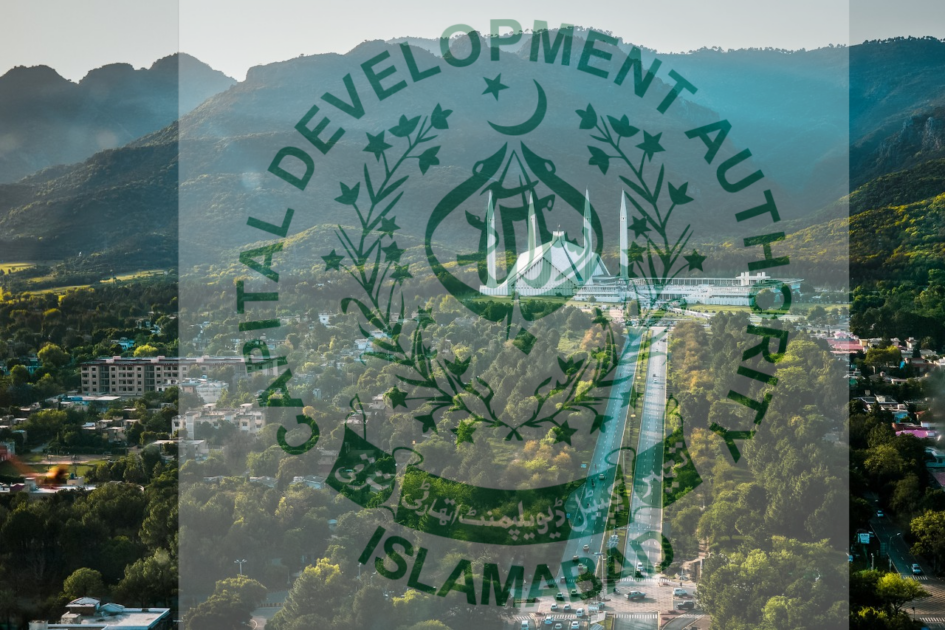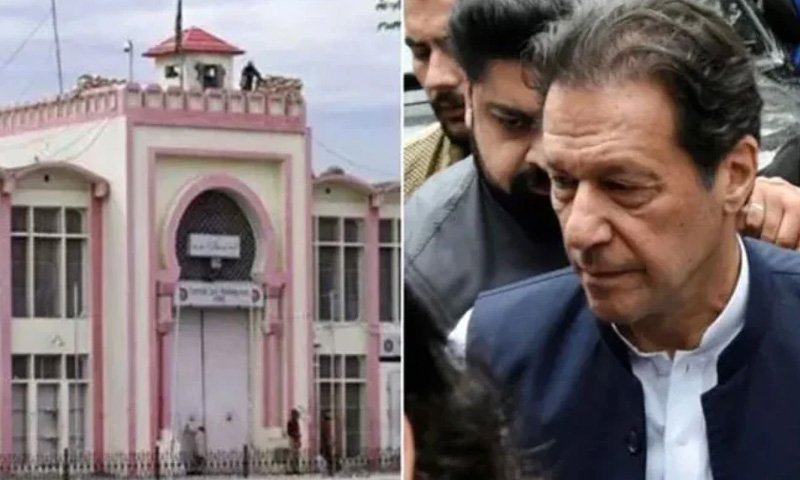- Zahid Gishkori
- Feb 16, 2025

‘Only 5,700 individuals take to street in Punjab against electricity bills’
-

- Ahsan Wahid
- Aug 30, 2023

ISLAMABAD: The spike in electricity has drawn widespread criticism, and rightly so. There are genuine cases of frustration and protests against the actions with the social media rife with images and videos of protestors across the length and breadth of the country.
But government figures suggest otherwise.
HUM Investigation Team has found that the protest figures from the entire province of Punjab stand at a nearly 5,700 individuals, which does not even make for one percent of the population. The law enforcement’s figures for the government’s internal consumption says the highest number of protests took place in the Multan, where almost 2,000 people participated in protests at 20 different places.
In Gujranwala, protests against high electricity bills took place at 13 different locations with 600 people participating with the call to protest coming from the Main Traders Union, the figures state while adding that demonstrations took place at 12 different places in the Bahawalpur as well attended by 1,050 individuals.
Dera Ghazi Khan district saw 900 participants in 11 protests, Lahore had 350 protestors and Sargodha had 550 at 8 locations according to the documents.
In Faisalabad, protest demonstrations took place at 5 different locations with 300 participants on a call from the local Traders Union. Similarly, Sahiwal saw protests at 2 places with 200 participants called in by the Farmers Union.
The government agencies also reported that the demonstrations held throughout Punjab were peaceful. Roads and markets remained open, and damages or vandalism was reported anywhere.
Whether the government agencies are highly underplaying the situation or the protests were actually attended by a few thousand people is something that will define the government’s actual response to the crisis.
Caretaker Murtaza Solangi announced this morning that the government is negotiating electricity tariff in the country with the International Monetary Fund (IMF) while the traders union refused to accept stop-gap solutions like payment of bills in installments to put an end to future protests.





